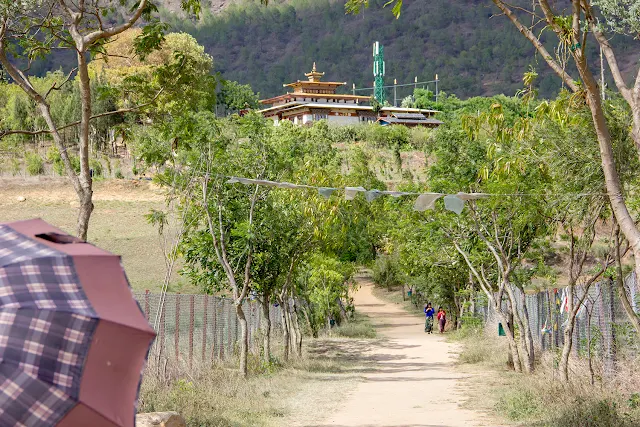As the last Shangri-La on earth Bhutan is absolutely mystic and so are some of Bhutan's folklore and practices. We came to know of a very interesting story of Migoi, a Tibetan term for the Yeti.
Although there is no proof to confirm that this mythical creature exists, people living in remote North Bhutan believe that the Migoi does exist! So Bhutan has a very unusual sanctuary dedicated to Migoi's and the sanctuary is known as 'Sakteng Wildlife Sanctuary'. There are many folklores and urban legends around these mythical creatures among the local Bhutanese people.Locals say that there have been many sightings of Migoi in this region. Migoi is known for its phenomenal strength,superfast agility, magical powers such as the ability to become invisible and knowing how to walk backwards to fool any trackers. The luxuriant deciduous forests of Sakteng are believed to be the home of these creatures.
 |
| Photo courtesy- internet |
Sighting of Migoi is also said to bring bad luck. Once two people went hunting and one of them could see the Migoi with his eyes while the other could not. The person who saw died soon after within a few days.
There is one more story regarding the sightings of Migoi that can bring bad luck. A group of hunters were surprised when all their traps failed to trap any meat one day.To understand what could have possibly gone wrong, they started looking around. Soon they found footprints of a Migoi.
One of the hunters in the group was very strong and courageous.He followed the tracks,encountered the animal and killed it. However no one in his village was ready to believe that he had actually killed a giant Migoi. However they soon found the remains of two Migoi covered in blood on the track that the hunter told them. However bad omen fell on the hunter since he had seen a Migoi. He proud hunter died soon after.
However Yeti or no Yeti, the 'Sakteng Wildlife Sanctuary' is highly rich is bio diversity. The sanctuary becomes red with thick carpets of rhododendrons.Snow leopards, red pandas, Himalayan black bear, barking deer and Himalayan red fox can be found here. Variety of birds such as the hoary-bellied Himalayan squirrel, Assamese macaw, blood pheasant, grey backed shrike, grey-headed woodpecker, common hoopoe, rufous-vented tit and dark breasted rosefinch are also commonly found. Besides the conifers, plant life and flora of Sakteng wildlife sanctuary includes rare blue poppies, Bhutan’s national flowers. Wild Primulas and gentiana change the sanctuary into a color riot in spring. A very rare mushroom called cordyceps which have medicinal values are also found in this region.
There is also a Bhutanese stamp depicting a Migoi which is definitely a collector's item.
 |
| Photo courtesy- internet |













